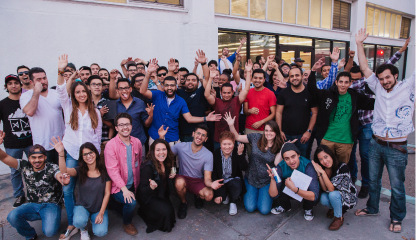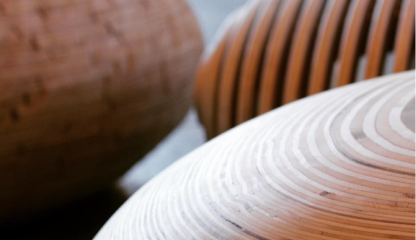Why Failures Are More Interesting than Successes
San Diego’s annual Orchids & Onions event gives us an instructive opportunity to have a conversation about both successes and what we can learn from our failures
I’m proud that NewSchool of Architecture & Design is a title sponsor of this year’s Orchids & Onions. The event serves a special purpose. Because members of the public nominate projects as successes or failures (Orchids or Onions), it raises the awareness of quality design for the whole community. Its courage to hand out Onions also makes it different. It puts the misses on the table for discussion.
One of America’s founding fathers, Benjamin Franklin, noted that failure was a far more interesting subject than success. There can be no doubt about the legacy he left us for risk taking and innovation.
It is a basic premise of design thinking that there will be more failures than successes. From failures, you can make progress. The same thing can be said of the Onions. There may be parts of a project that are done quite well, but maybe the building just doesn’t fit in its context. Maybe it’s the wrong material; for example glass and steel in a historic district. Maybe the scale is off. It may have merit but have things that get in the way of its success. Perhaps it is so focused on artistic expression that it turns the people who live or work there into players on the palette of someone else’s artwork. Any of these can prompt a discussion about what works and what doesn’t. It benefits designers and architects, and it benefits the community.
Mistakes create the opportunity to raise questions about what could have been done. For a long time, people shied away from failure as a topic, but innovation and entrepreneurship have as much to do with failures as they do with success. Design advances because of failure. Success causes designers to lock in on a way of doing things, while failure requires more thought. Every designer or inventor will tell you that failure is very instructive. Mature discussion is the best way to deal with success and with failure.
In the classroom, failure is discussed all the time. When students are in studio, they start to see and be critical about those things that may not work. Sometimes they are surprised that case studies of projects that don’t work are actually by very well-known architects. In this way, they start to develop their critical eye. One of the toughest environments to walk into is the studio because they are taught to be critical, incisive, and honest so that they aren’t repeating mistakes over and over again. We use success and failure balancing against each other to teach critical thinking.
That said, I am pleased that all of the projects from NewSchool faculty and alumni are Orchids. They reflect very well on our school and speak to what we teach here, which is to be good design practitioners. These projects do an excellent job of building on the successes, and failures, which came before them.









 619-684-8800
619-684-8800

